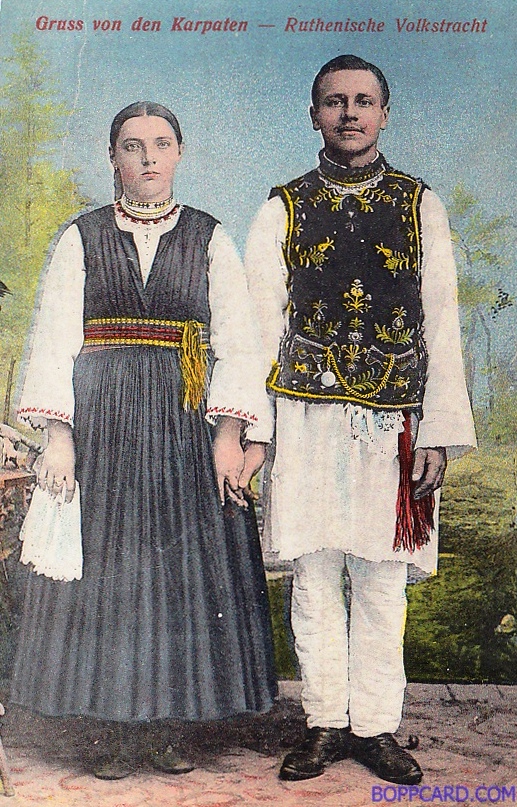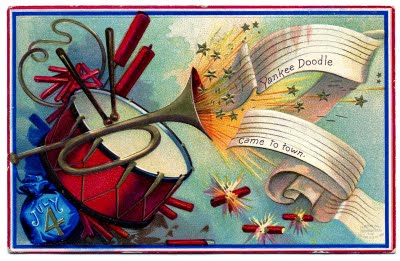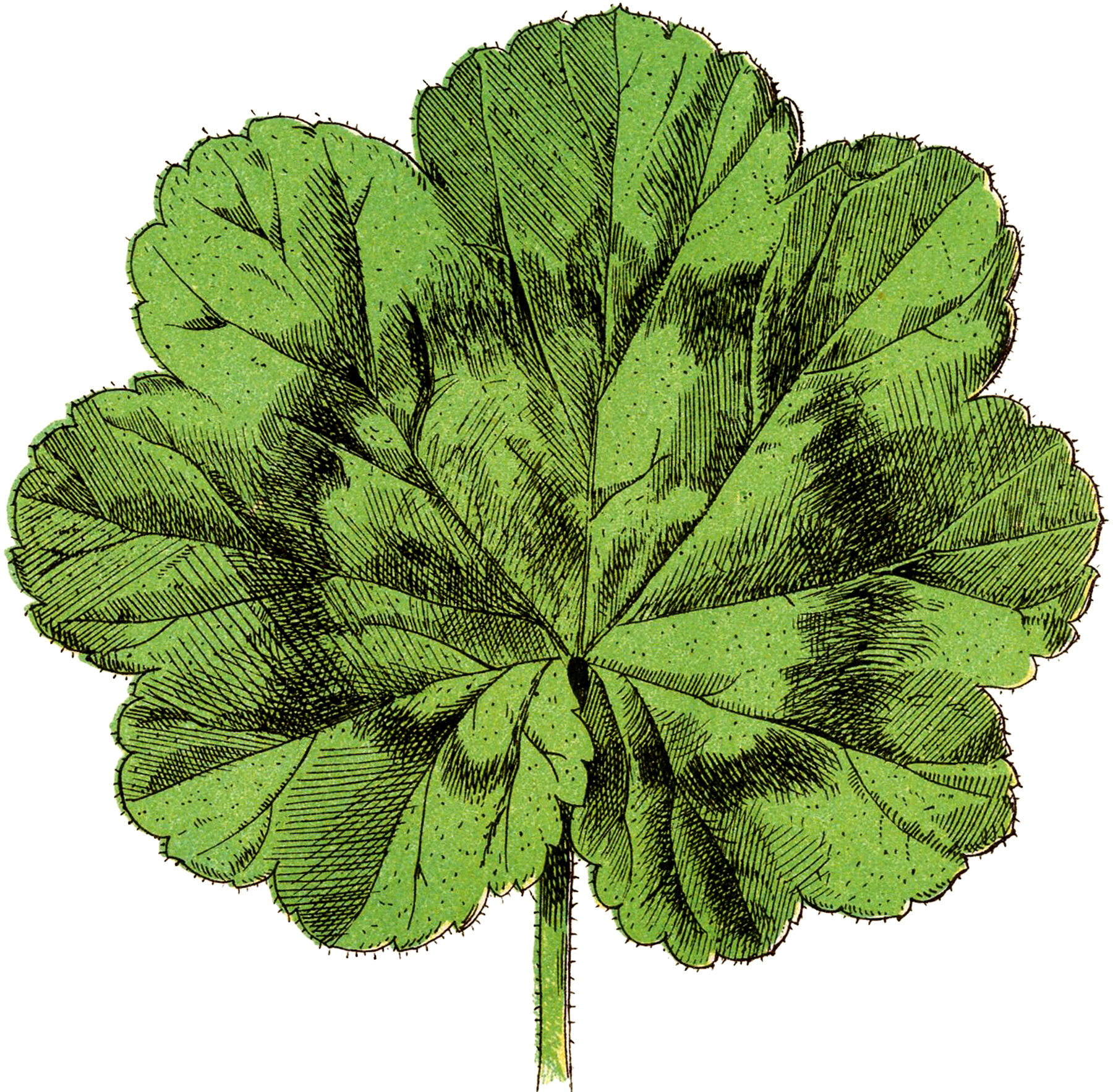THOSE HOUSE NUMBERS and VILLAGES : USING FAMILYSEARCH FOR HUNGARIAN GENEALOGY RESEARCH - STRATEGY #4
Using FAMILYSEARCH indexed BAPTISMAL RECORDS, as well as DEATH and MARRIAGE records that exist on microfilms that are not indexed, you'll see in the notes what appears to be house numbers. Sometimes you'll see a note that the person is local but not in town - likely on the outskirts on a farm and the term commune is used. (Someone listed in commune is a higher rank than an Inquillis. Sometimes, due to inheritance, someone who starts out as Subinquillis can rise to Inquillis and all ranks could have other people renting from them or living with them. Commune implies ownership of land.)
You'll also notice that people from other places have their children baptized at the church. And not finding an ancestor who "should" be in the same church record, perhaps they can be found at a neighboring village church or the larger, more richly decorated church in a nearby city in the same diocese. Usually this is because their town does not have a Catholic or Reformed church so they belong to the church in the village where there is one. I have not yet been able to determine if the common custom in the United States of marrying in the bride's church was done in Hungary. Since traditionally the bride went to live with the groom's family prior to marriage, that suggests she married in his church and town.***
I've read all around it but there seems to be no current information on why the house numbers or addresses given in BAPTISMAL (and other) records from Hungary, Slovakia, and the Slavic Lands (even if that means German immigrants or persons in Transylvania or Romania) are what they are. I'm told these do not reflect current house numbers. But then again people were living on streets that we'd consider lanes and this was long before there were paved highways with signage. Many of these places listed with house numbers were no doubt rural or farmsteads.
I recently read that these numbers refer to the order in which houses were built. A lower number indicates an older building or perhaps a longer residency. Locals might know the history of the settlement so contacting a Historical Society, if there is one, is an idea.
One educational paper I read suggested that the house number MIGHT BE CONSISTENT with the number on the 1869 Census of Hungary. (All counties are not available, not at FAMILYSEARCH or anywhere!) That certainly is worth a go see!
I know this can be a disappointment when using Google Earth or YouTube videos of drone fly-overs, because you want to see where your ancestors lived, if their house is still there or a ruin. (I used Google Earth to see a house in New Jersey, still standing and listed with a real estate agent, which some ancestors lived in. The place looked to be in a decaying neighborhood but with real estate information and so on, I knew that it had only been built a few years before they moved in, so the brick was then bright and new. I noticed HUNGARIAN MOTIFS had been applied to the facade! ****)
You might relate the house number or property number in a rural village or town a bit to what happened on some of the early American and colonial era census of primarily agricultural lands. Farmsteads were divided and divided again due to inheritances and so there were clans of families living communally. Basically, everyone knew who everyone else was in the area and which farm was theirs and how to get there ("Go up the hill till you see the road by the fallen down apple tree...") So who really needed house numbers?
Here are some other things to consider:
Why is a family who is listed as Reform or Jewish in a Catholic Church record? In that case it's because the Church is the official record keeper for the area. Also if a family lives in a place where there is no church at all or no church for their religion, they traveled to the church where the ceremony and record has taken place. Generally this was about 5 miles or less away as they probably WALKED. Finding they came from somewhere else to the church can lead you to another film, another record based on place. (Check the FAMILYSEARCH CATALOG for the location to see what houses or worship existed in the town or nearby.)
It may seem that house numbers are useless information. But they are useful!
Let's say that you notice that the family you have recreated through all those baptismal records, that family group, lives at #456.
You want to go through the years and see WHO ELSE LIVED THERE at #456 and when. Using house numbers you may just locate people who prove to be siblings, parents, relatives of some kind. Maybe the house belonged to the bride's family or they moved in with an uncle.
Using this method I came to understand that someone 16 years older than my ancestor was coexisting in the same house with their own wife and children: too young to be a father, possibly an uncle or older brother (maybe from another marriage.)
You may find generations of family, some with different surnames are living at the SAME ADDRESS contemporaneously. Perhaps the dwelling is large enough for them all, even though they lived in conditions more crowded than we like. (Many of the houses were one room and included the goats and chickens living inside. I read that the leaders of clans long ago lived in the equivalent of a 12 by 12 log cabin, which might have been an upgrade from a tent.)
You may find that your recreated family group DID NOT LIVE THERE at #456 PRIOR TO THE BIRTH of the first child. I was able to confirm 1876 as the beginning of any known family member living in a certain town by finding another non-related family living at that address in 1875 and before. That means the great grandparents were from somewhere else. I've also - eventually - learned the relationship of the people who lived in the house years earlier to the people living in it later.
You may find that either the wife or husband's family has roots in the village, but not both.
I've found that persons of nobility or wealth or both seem to have traveled further for marriage. In villages it was generally the girl or boy next door who became a spouse. *** Traditionally in Medieval times, it was the wife, at 10 or 12 years old, who was sent as a girl to the house of the groom, but I do not find that to be the case in the 1800's. So employment then, as it is now, was probably the motivating factor. If a young man went to a relative or nearby village as an apprentice, this might be where he encountered his wife to be. He married there and they stayed there. (Consider too that an orphaned child might be taken in by relatives miles from his or her birth place.)
I believe that one of my ancestors who proved to be an orphan at the time of marriage probably was invited to live in with an uncle and that lead to his apprenticeship and eligibility for marriage. As for his bride, I suspect she was also orphaned but cannot find her birth, her parents, their marriage...
Following house numbers and locations, you may find you have more surnames and families to focus upon.
*** Added information and editing done on August 27, 2019 In some places brides spent most of their time among other women in the village while the men went to work elsewhere. It was almost as if, other than the marriage partner, they had separate lives and did not much associate with other men. This implied a support system among women, individual mother-in-law's likely had different personalities. In other places, young men and women were free to associate with each other and have friendships. In some places the teenage women would go to the spinning house to spin together in the evenings and teenage men were allowed to go visit with them (and flirt).
If you do not find the bride or the groom in the village they appear to be settled in, baptizing their children in that church, this is where scanning the database to find the birth village may be the next thing to do. It's incredibly helpful to find the AGE of the bride and groom from their marriage record. However, sadly, it may be the DEATH record in the same village that gives you an AGE. Find the person who would be the right age based on the death record and scan for someone of that name and age elsewhere. Go to that place and first thing, look for a MARRIAGE there. *** Recent reading indicates that in some villages the whole town had expectations of who would marry who, based on what part of the village (which land) they lived in. Consideration was to keep the village intact. Villagers were very interdependence. **** These same motifs appear on some Hungarian's tombstones.
Please note that this is one of a series of posts about the usefulness of certain genealogy-based websites and you can find the other posts by searching through the archives, by searching within the blog for the term genealogy, and so on.
C 2019-2025 Magyar-American BlogSpot All Rights Reserved including Internet and International Rights
This post is part of a series.
To bring up all posts in the series, click on the tag GenTips: Hungarian- FamilySearch








